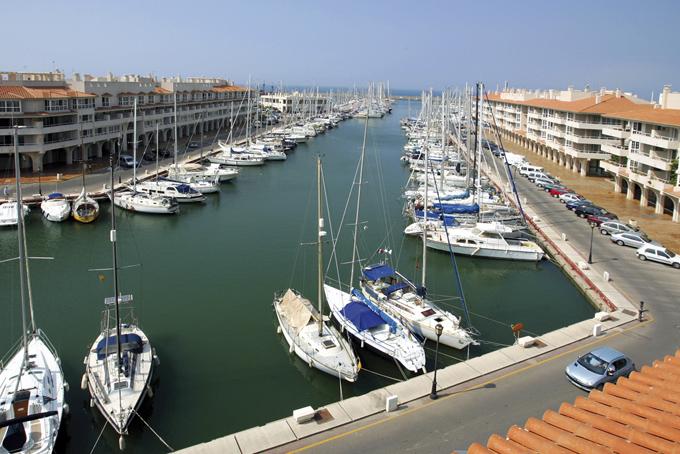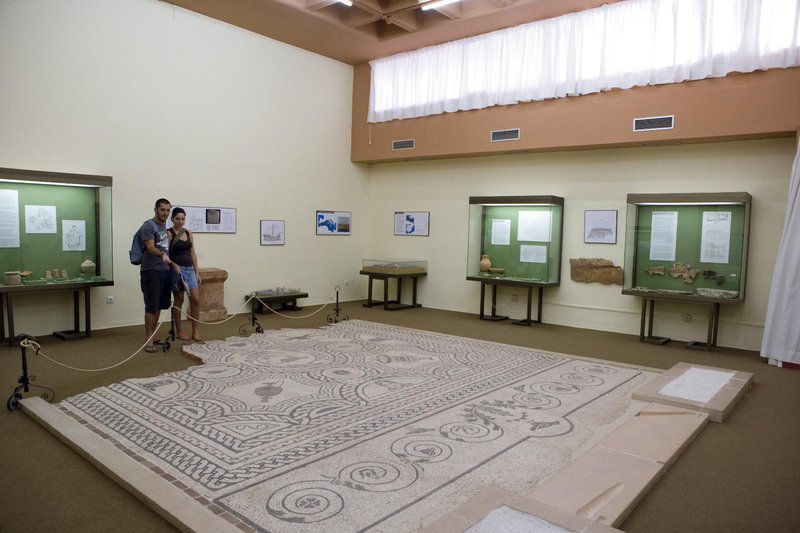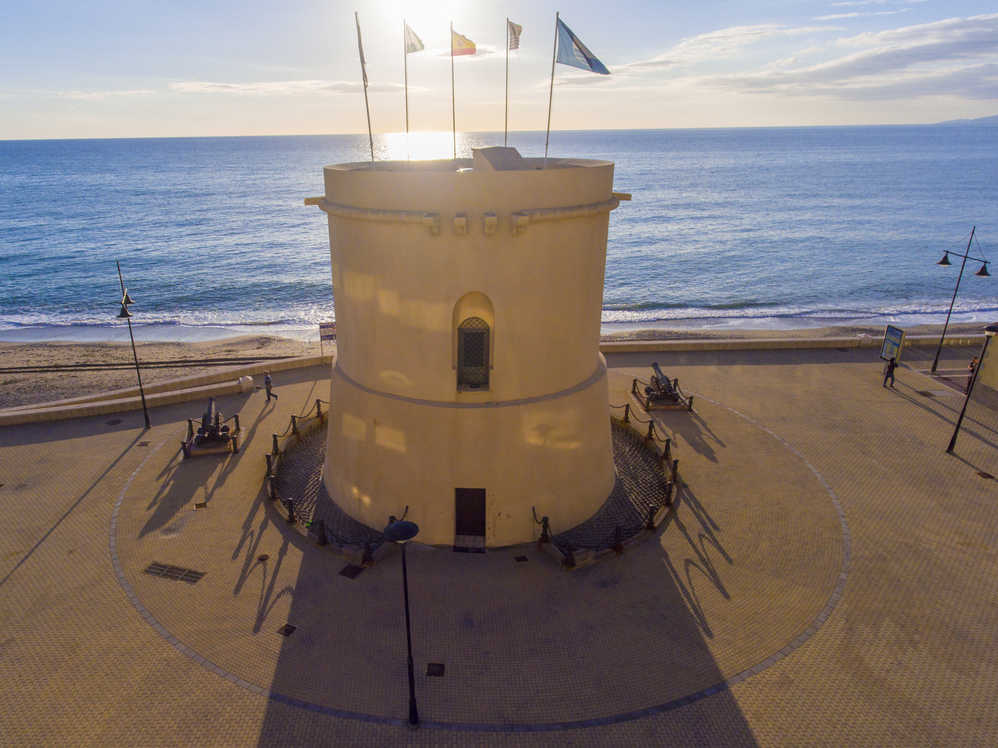Ejido, El

Town situated in the southwest of the province, in the sedimentary basin which exists between the south of the Sierra de Gador and the sea, which today has been turned into an immense plastic sea, due to the greenhouse crops which are the basis of the economic splendour of the town.
In the middle of this sea, however, there is a place of great ecological interest, the Punta Entinas-Sabinar Nature Reserve, complex of dunes, beaches and lagoons of great ecological interest. Next to this area is Almerimar, a tourist complex of a high standard which includes a pleasure harbour, hotels, beaches and golf courses: a sign that this town has other possibilities apart from agriculture.
History
Town situated in the territory of Campo de Dalias. It obtained the segregation from Dalias in the year 1982.
El Ejido underwent marked economic growth due to intensive greenhouse farming and the population suffered a spectacular increase in a few years. At the end of the XIX century it only had 48 inhabitants; in the first third of the XX century it reached 858 inhabitants. In 1960 it reached ten thousand, in 1981 it had about thirty thousand and in 1994, 45,354 inhabitants.
Part of the history of El Ejido is found in the large archaeological space of Ciavieja. Neollithic settlements appeared, at the end of the IV and beginning of the III millenium BC. From the Copper Age, in the middle of the III millenium BC, a village of circular stone cabins with stone bases was found. In about 1300 BC the Argar village developed. During the end of the Bronze Age the village of Ciavieja stagnated and entered its decline.
In the times of Roman power the municipality of Murgi appeared, between the years 70-74 AD. In these Roman remains, baths, a circus, tombs richly attired with jewels etc have been found. All this gives the picture of a prosperous town on which various nuclei of population, rural villages and the port in Guardas Viejas depended. From the IV century onwards, the dispersion of the population inland becomes more obvious and in the first years of the VII century Murgi was deserted until it disappeared as a village.
During the Al-Andalus period, the Campo de Dalias dedicated itself to agriculture and livestock. From the X century it was an important cattle area of Dalias became state lands and continued as a cattle zone. After the War of the Alpujarras (1568-1570), the Moors were expelled and all this land was left nearly deserted. In 1575 repopulation was started with 97 people.
During the XVII and XVIII centuries the increase of cultivation of cereals suitable for dry regions began. On the coast the fishing activity continued with the construction of tunny fisheries and the obtention of salt in the saltworks. The defence system on the coast between the XVI and XVIII centuries was composed of the castle and tower of Balerma, the tower and castle of Guardias viejas and the towers of Entinas and Cerrillos.
In the middle of the XX century with new reserves of water, intensive irrigated agriculture began to develop. From that moment on until the present, the development of this type of agriculture, the economic development and the increase of the population would go hand in hand. We are facing a technoproductive agricultural system which has provoked unprecedented development and has brought about changes and transformation without equal in this town.

- Max 22
- Min 13
- Max 71
- Min 55
- °C
- °F
What territory do you want to visit?
Events
























